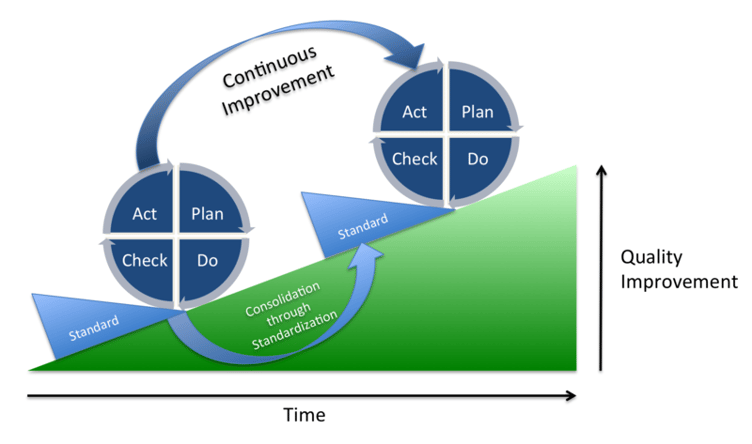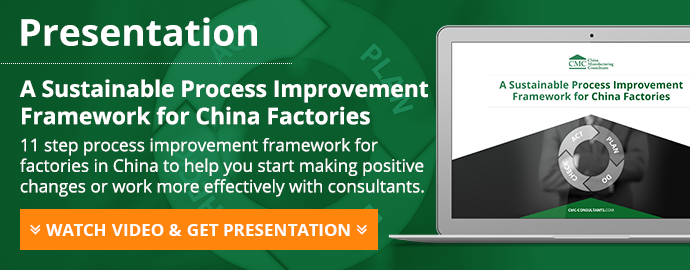In the course of our work, we see organizations that tackle ambitious projects, select some lean process improvement tools, and fail miserably.
CMC published an example that combines several of these mistakes in this article about problem solving. I think we see such an example 3-5 times a week, sadly.
Here are 4 common mistakes one needs to watch out for...

1. Skipping the PDCA’s 'PLAN' phase
What happens: Someone noticed an issue and immediately does something to fix it.This might lead to a number of issues down the road, a few examples of which are:
- No direct cause is addressed, and no improvement happens.
- No root cause is addressed, and the problem will come back sooner or later.
- The problem is actually a complex set of issues that cannot be fixed with allocated resources.
- The way to calculate key metrics was not defined properly and might be challenged later on.
- No target was defined, so there might be disagreement as to whether the project was successful.
- Only one “solution” is quickly considered and applied, instead of many potential countermeasures.
- Some team members already fixed a similar problem in the past but are not consulted.
- A team will have to implement the “solution” without having ‘bought in’ the root cause(s).
2. Skipping the PDCA’s 'CHECK' phase
What happens: Someone works on fixing a problem, but does not collect data to confirm that it is fully fixed.
Here are a few common issues it creates:
- Results are not checked until the end of the project, so there is no course correction along the way.
- A solution seems to work for some time, so the project seems successful at a superficial level. But the problem comes back later (major root causes were not addressed).
- A manager gives a sleek PPT presentation, everybody feels good, and “success” is a subjective evaluation.
3. Skipping the PDCA’s 'ACT' phase
What happens: someone fixes a problem, but does not ensure it remains permanently fixed.
Here are two issues it engenders:
- There is improvement, but the organization reverts back to its old ways when its attention turns to other issues.
- Lessons learned are not remembered and not applied where they make sense.
4. Improvements are not part of a bigger plan
Each project is decided separately, for fixing isolated issues that become too painful to ignore. But there is no “bigger plan” and not follow up in the long term.
This is very common is organizations where fire fighting is the standard response to problems. The impact of problem-solving efforts is kept very minimal. There might be continuous efforts, but they don’t lead to continuous improvements because the same problems keep being worked on!
My point is, you might use all the best lean process improvement tools and still fail. It’s not just about the tools. It’s mostly about adopting a scientific approach, starting from the need, and then don’t use solutions in search of a problem.
Start from the problem, understand it fully, and then look for the right tool.
Does lean process improvement in the way I'm describing make sense to you?
What do you think? Have you used or encountered different tools?
Please add your questions or comments below, and I'll gladly answer them.





